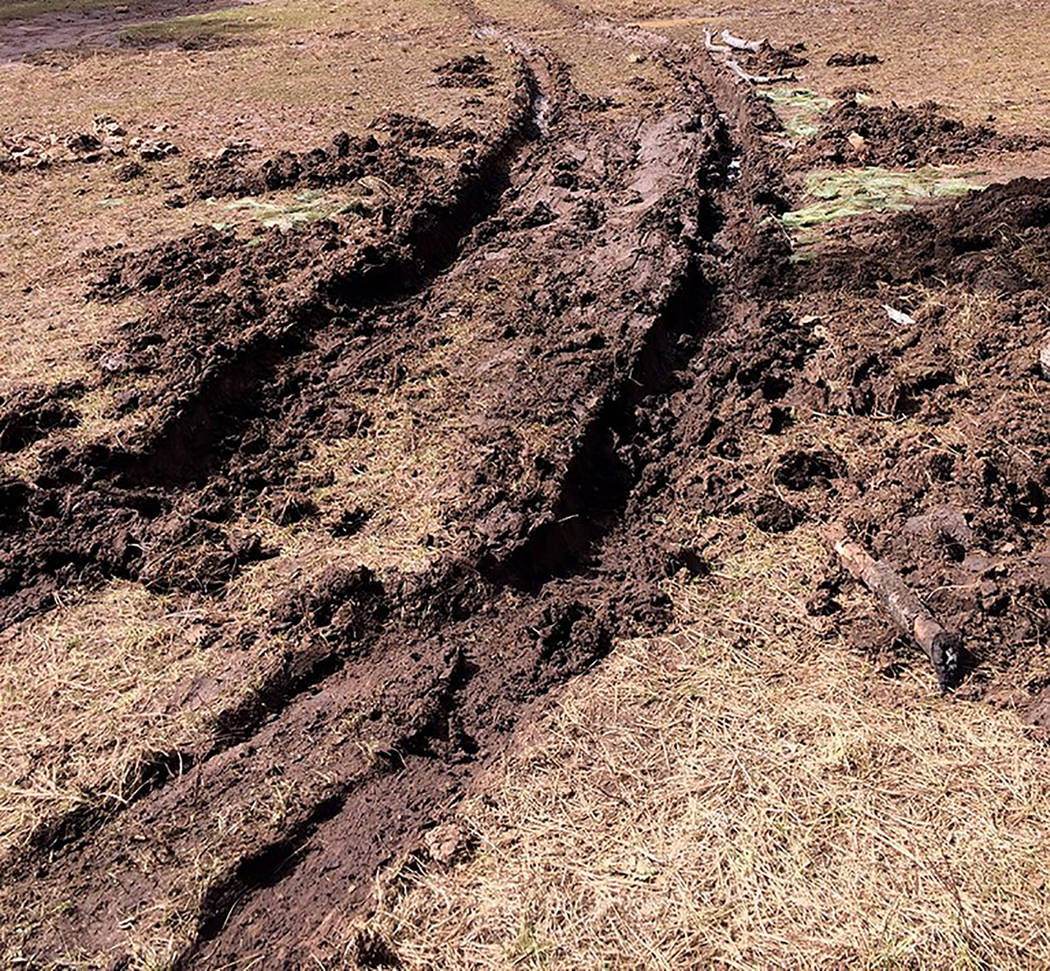Spring conditions affect road, trails in Humboldt-Toiyabe National Forest region
Spring is a beautiful time of year to get outdoors and visit the Humboldt-Toiyabe National Forest, except that warm and wet spring weather means roads and trails are often muddy.
Walking, horseback riding, biking, or driving on soft and unstable road or trail surfaces can cause long-term damage, while also increasing the risk of getting stuck or slipping, the forest officials said in a news release.
“We are all excited to get outside and participate in our favorite recreation activities once the weather turns nice,” Forest Supervisor Bill Dunkelberger said in the news release. “Everyone just has to be aware of the road and trail conditions and please be willing to cut that activity short if they are not favorable.”
Visitors traveling on forest roads or trails are encouraged to check conditions before heading out to enjoy the forest. Be mindful that there can still be snow at higher elevations and that conditions can change, the Forest Service said.
“As the snow continues to melt and spring rains create soft trail and road surfaces, it is important to stay alert for unexpected hazards like flood and landslide damage,” Dunkelberger added.
Forest officials appreciate everyone’s cooperation in caring for National Forest System roads and trails so that they are accessible and well-preserved for everyone to enjoy.
Causing damage to them and other forest resources can be a violation of federal regulations, which could carry a fine up to $5,000 and/or six months in jail.
Any new road or trail damage should be reported to the local ranger station, the release said.
The Humboldt-Toiyabe National Forest posts road and trail conditions, as they are reported, on the web bit.ly/2WkCtMm

















